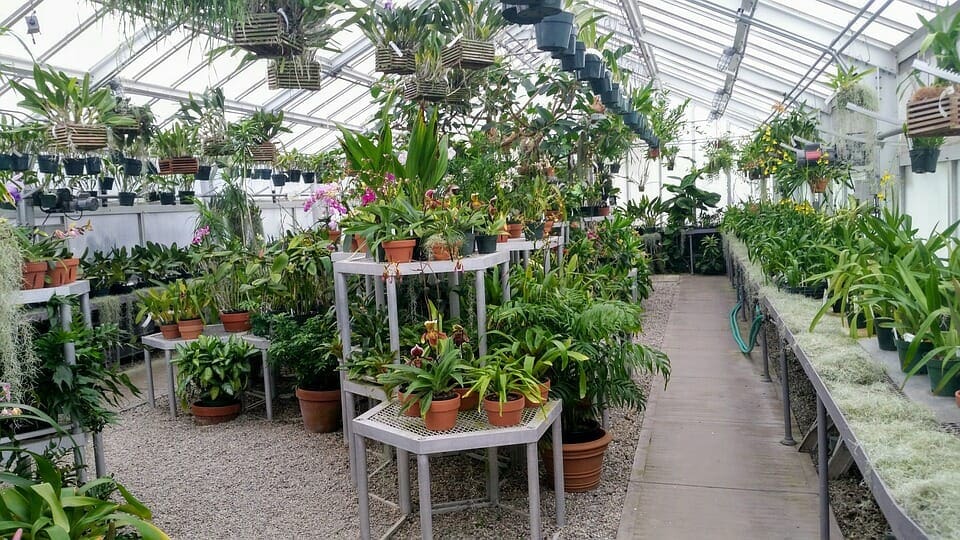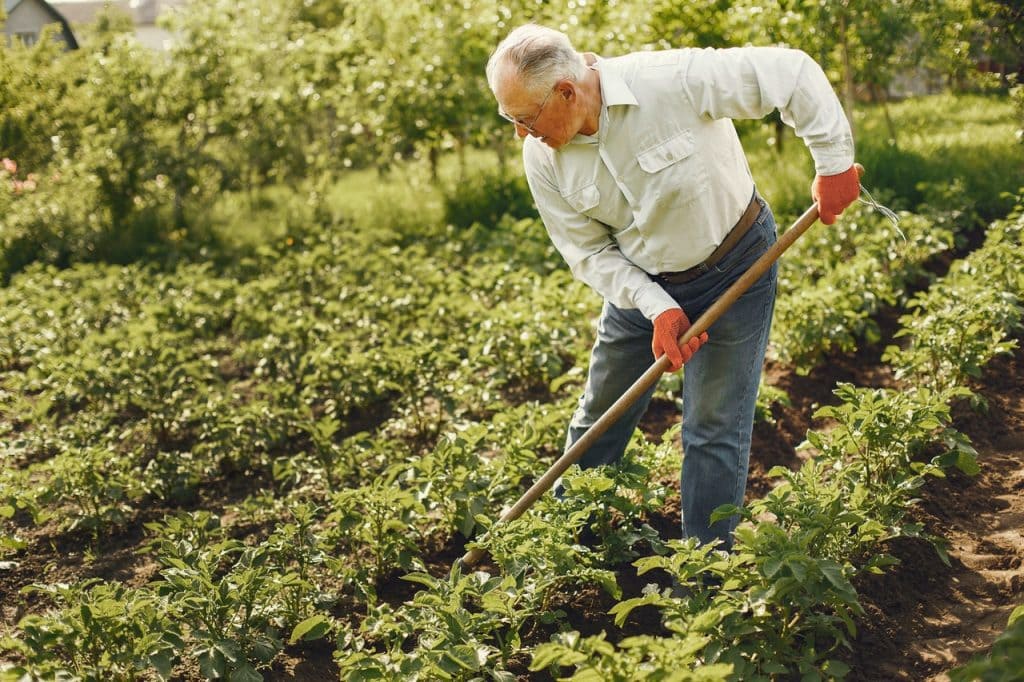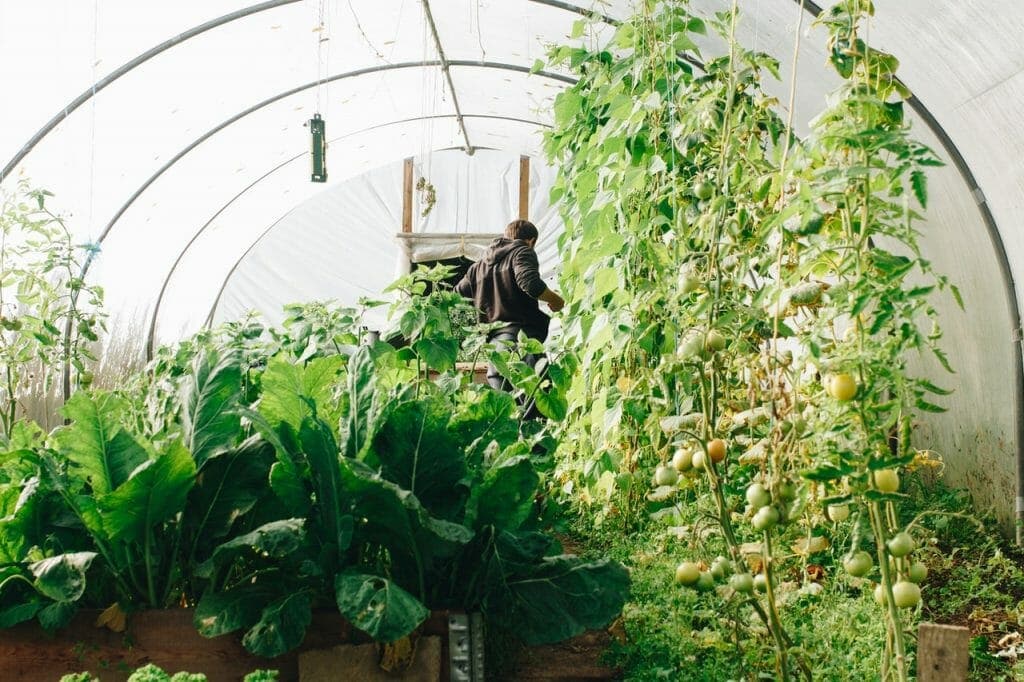Written by Lucy and published on https://www.residencestyle.com/
For many, gardening is a hobby. A way to get outside, get their hands dirty, relax, or even grow food for their family. But it can also be a way to give back to nature and your local ecosystem through sustainable gardening.
There is no concrete definition of what makes a garden sustainable. However, sustainable gardens generally aim to benefit the environment, rather than harm it. Sustainable gardeners try to avoid making excess waste and aim to minimize their negative impact on the local ecosystem.
8 Ways To Do Sustainable Gardening
Tending a garden is not only beneficial to the overall aesthetic of your house but also the environment. It can cut down CO2 in the atmosphere in its own little way and it also provides shelter to birds, butterflies, and bees which all take part in beautifying the space by pollinating flowering plants.
But did you know that gardening, if done right, can help Mother Nature even more?
If you’re a certified plant mom or dad, don’t get us wrong. We know that you’re already doing a great job. What we’re suggesting is that you can take gardening to a higher level which can benefit you, your community, and ultimately, the environment.
And you could do that by following these sustainable ideas in your gardening work:
- Fixing your garden layout
The layout is more than just the arrangement of plants and bushes in your yard. It can dictate how everything works in your garden. And you can take advantage of the overall design by making it more sustainable.
For example, instead of simply arranging your plants by height or colour, you can lay them out depending on their growth requirements. Because some plants love the summer sun while others prefer the shade. Also, some species are more comfortable with moist soil while others are not.
Arranging your plants depending on what they need helps you incorporate water conservation and soil preparation techniques easily. And once you’ve mastered these skills, you can reduce your environmental footprints.
- Compost all your natural waste
Every time you’re cleaning up your yard, make good use of the dead leaves, branches, dried flowers, trimmed grass, and yes, even your dog’s poop! Your organic waste can be used to build your compost pit.
Collecting all your natural waste and piling them up in a pit will certainly save you some cash. Because instead of buying fertilizers every now and then, you can simply harvest the rotten waste to enrich your garden soil.
If you don’t like to get your hands dirty when harvesting the fertilizer, you can simply dig up the area of your garden you want to enrich and bury all the waste there.
- Use the garden insects to your advantage
Believe it or not, your garden has its own pest control. And that’s all thanks to the harmless insects living there. If you see ladybugs peacefully resting on a leaf, leave them alone because they help get rid of aphids. Beneficial insects also help reduce the number of caterpillars and mites that pillage your beautiful garden.
Don’t worry, these helpful insects won’t harm you, your kids, and your pets!
- Try mulching
Mulching is an old gardener’s trick of covering your garden soil with tree barks, wood chips, dead leaves, and other types of mulches. This practice will help preserve the moisture and enhance the condition of the soil.
- Below are some of the benefits of mulching to your plants:
- It prevents the drying of the soil caused by the sun’s heat
- Gets rid of the unsightly weeds
- Provides additional nutrients to the soil
- Keeps the soil intact to prevent erosion
- Ditch your gas-powered lawnmowers
Your gas-powered lawn mower is one of the biggest contributors of CO2. So if you’re committed to reducing your environmental footprint, use manual lawnmowers instead. Yes, switching to manual is a laborious task. But hey, at least you can get some exercise!
Using eco-friendly gardening supplies like a manual mower is good both for the environment and for your health. Not only will you be able to trim some grass, but you’ll be able to trim down some fats, too!
- Conserve water
The ultimate goal of sustainable gardening is to utilize natural resources only, as much as possible. That’s why a sustainable garden is not complete without a barrel or drum for the rainwater collection system.
Collecting or storing rainwater is one the best ways to conserve water. Not only will it be enough to sustain the needs of your plant babies, but it will also help you save money.
Just place an empty drum below that downspout that’s connected to your gutters and just let the water flow into it. It’s better if the drum has a pre-installed faucet so you can access the water easily.
- Use wood scraps as fences
If you’ve recently planted saplings in your garden, and you want to protect them from your curious pets, you can use dead branches or wood scraps as fences. This is a much more cost-effective technique than buying brand-new fences in your local store.
- Use seaweeds
If you live in a coastal area, you can take advantage of the seaweeds that drift by the shore. Seaweeds are rich in nutrients that promote healthy growth in plants.
Collect as much as you can, dry them out under the sun, then dry them again in a dry location like your shed, then crush them into coarse powder. Once you’ve done all these, your seaweeds are ready to nourish your plants!
- Go for homegrown native plants
Native plants are the type of plants that naturally grow in your area or your region. They require less water and less effort to maintain in general. That’s because by default, they are already accustomed to the soil type in your garden, the weather conditions, and climate changes in your region.
These are only some of the sustainable gardening ideas that you can follow. Keep in mind that these practices are not rocket-science. All you need’s a little bit of knowledge, some tools, and a firm commitment to making this whole sustainability thing work.
Since these are all easy to do, you can teach your kids a thing or two about it. Don’t worry, it’s okay if they get their hands dirty. Since they’ll be the ones to tend your garden when you grow old, it’s better to (like they alway say) start them young.
You’ll be surprised how sustainable gardening could be a great bonding activity for the whole family!
Original post here https://www.residencestyle.com/8-ways-to-do-sustainable-gardening/.



